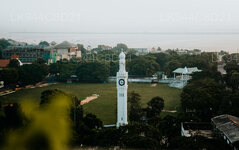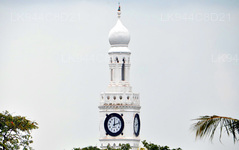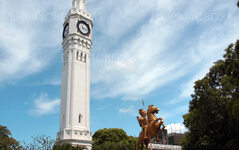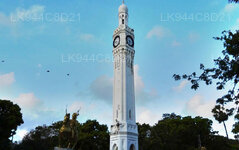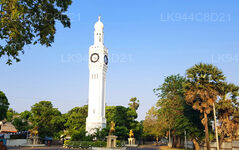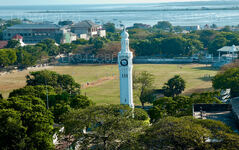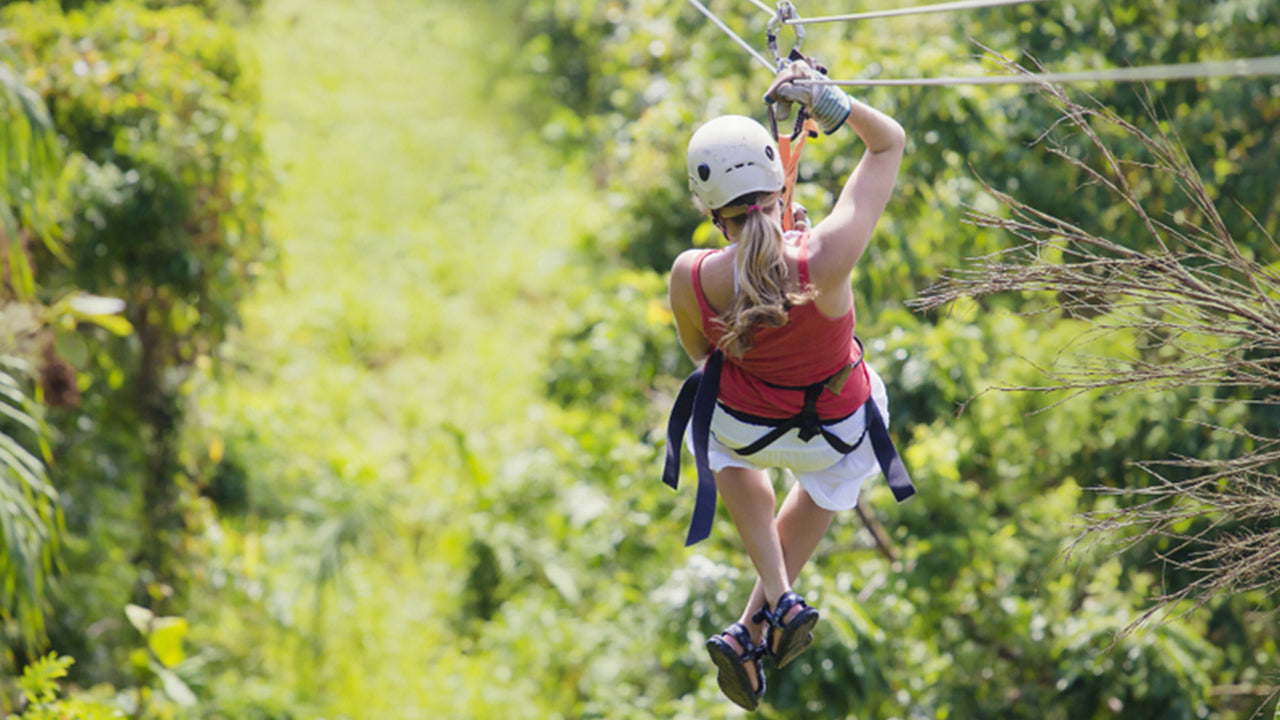Jaffna Clock Tower
Jaffna Clock Tower is a clock tower in the city of Jaffna in Northern Province Sri Lanka. It is one of the landmarks of the city. It was built to commemorate the visit of Albert Edward, Prince of Wales to Ceylon in 1875.
When it was announced that the Prince of Wales would visit Ceylon in 1875 the Jaffna Prince of Wales Reception Committee was formed.They managed to raise more than Rs. 10,000 for the Jaffna Prince of Wales Reception Fund.The fund was used to purchase a silver casket and set of jewels which were presented to the Prince of Wales in Colombo on 1 December 1875.The balance of fund (Rs. 6,000) was to be used to build a permanent memorial of the Prince's visit.At a meeting held on 1 July 1880 at the Jaffna Kachcheri it was decided to use the fund to build a clock tower on Jaffna esplanade.A further Rs. 4,000 was raised from local contributions to build the tower.The tower was designed by government architect James Smither.The clock was donated by Governor James Longden.The clock bell is dated 1882.
The tower was badly damaged in the late 1980s by the civil war.When Charles, Prince of Wales visited Sri Lanka in 1998 he offered British assistance in restoring the tower.The British government donated Rs. 1 million.The renovated tower was re-opened by British High Commissioner Linda Duffield on 19 June 2002.
About Jaffna District
Jaffna is the capital city of the Northern Province, Sri Lanka. 85% of the populations of the Jaffna and Kilinochchi districts are Hindus. The Hindus follow the Saivite tradition. The remainders are largely Roman Catholics or Protestants, some of whom are descendants of colonial settlers, known as Burghers. The Tamils are divided along caste lines, with the farmer-caste Vellalar forming the majority. Sea products, red onion, and tobacco are the main products in Jaffna.
Jaffna is home to beautiful Hindu temples. An Old Dutch Fort still stands well preserved within which is an old Church. Another example of Dutch architecture is the King's House. No visit to Jaffna is complete without tasting the exquisite Jaffna mango, reputed for its sweetness. About 3 km away is the majestic Nallur Kandaswamy Temple, home to the largest religious festival in Jaffna. The Kayts Harbour is an ancient ship docking site in the Jaffna region.
About Northern Province
The Northern Province is one of the 9 provinces of Sri Lanka. The provinces have existed since the 19th century but they didn't have any legal status until 1987 when the 13th Amendment to the 1978 Constitution of Sri Lanka established provincial councils. Between 1988 and 2006 the province was temporarily merged with the Eastern Province to form the North-East Province. The capital of the province is Jaffna.
Northern Province is located in the north of Sri Lanka and is just 22 miles (35 km) from India. The province is surrounded by the Gulf of Mannar and Palk Bay to the west, Palk Strait to the north, the Bay of Bengal to the east and the Eastern, North Central and North Western provinces to the south.The province has a number of lagoons, the largest being Jaffna Lagoon, Nanthi Kadal, Chundikkulam Lagoon, Vadamarachchi Lagoon, Uppu Aru Lagoon, Kokkilai lagoon, Nai Aru Lagoon and Chalai Lagoon.Most of the islands around Sri Lanka are to be found to the west of the Northern Province. The largest islands are: Kayts, Neduntivu, Karaitivu, Pungudutivu and Mandativu.
Northern Province's population was 1,311,776 in 2007. The majority of the populations are Sri Lankan Tamils, with a minority Sri Lankan Moor and Sinhalese population. Sri Lankan Tamil is the major language spoken in the province by the vast majority of the population. The other language spoken is Sinhala by 1 percent of the population. English is widely spoken and understood in the cities.

